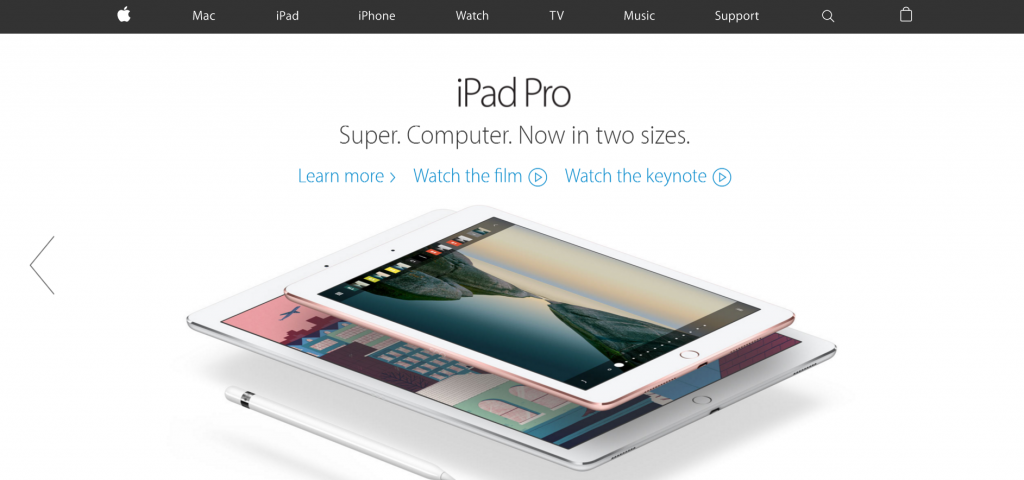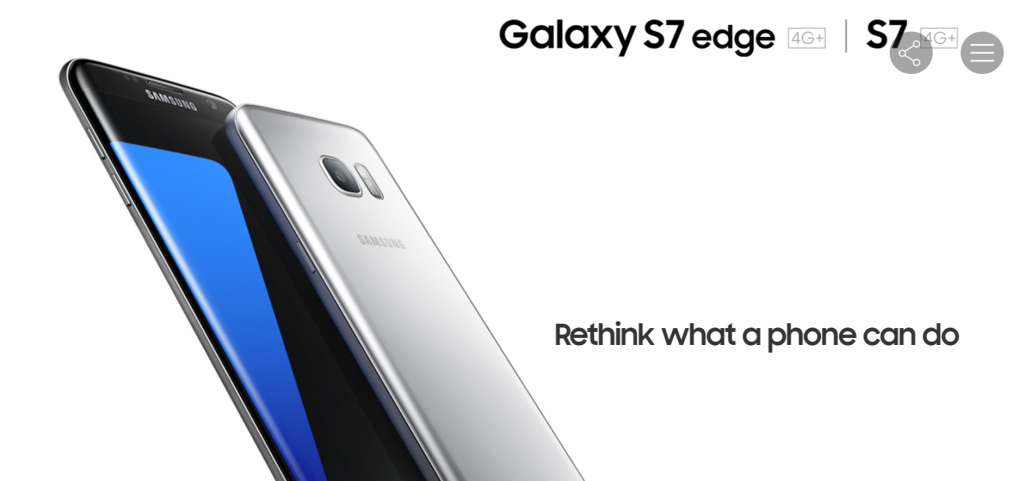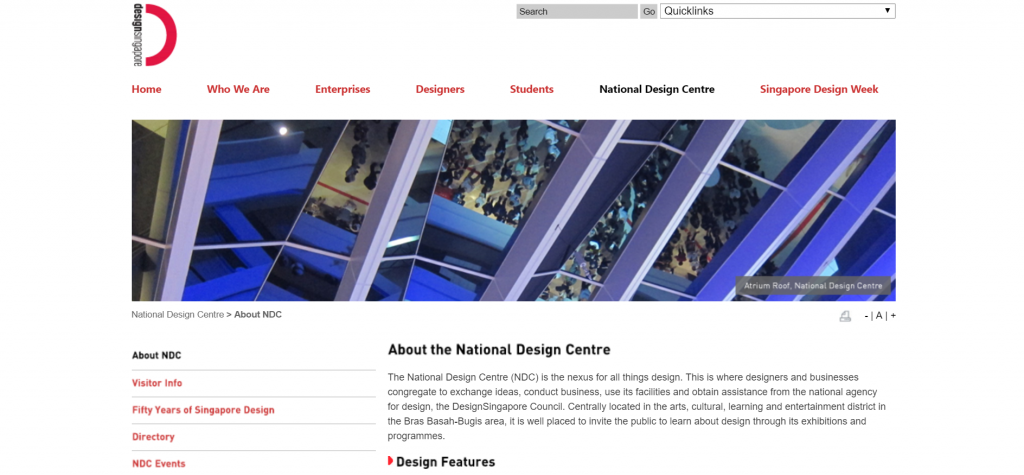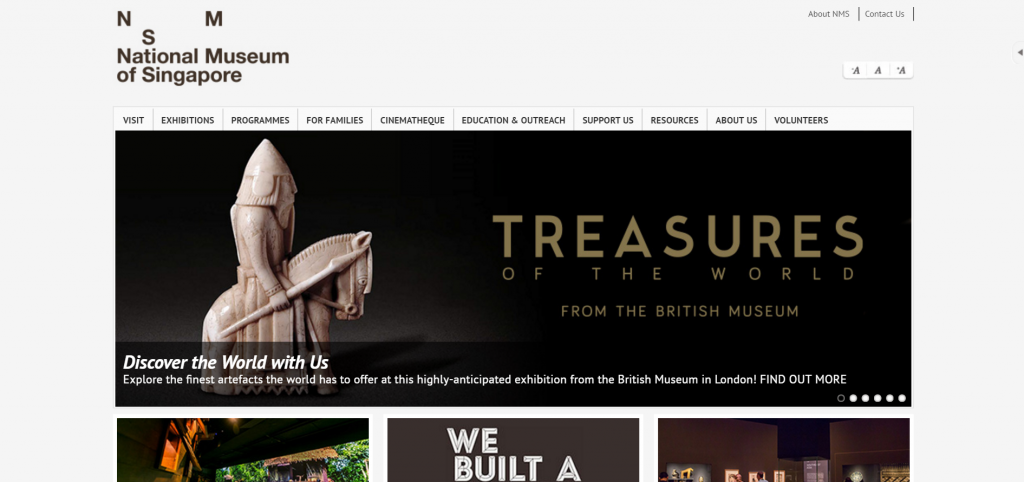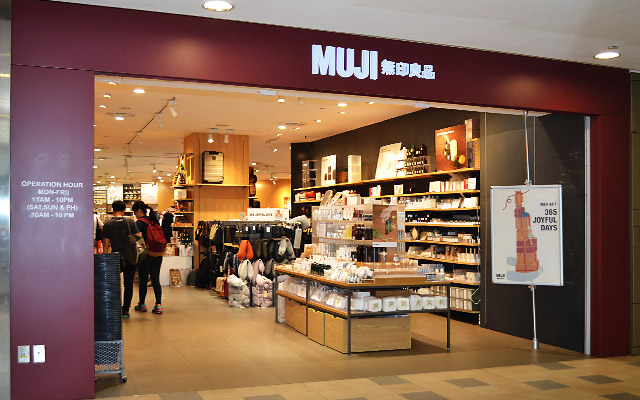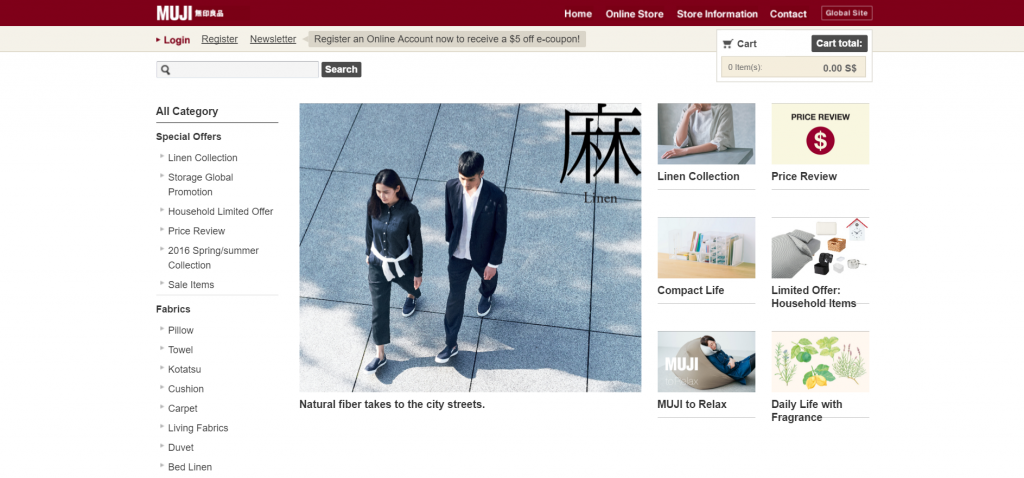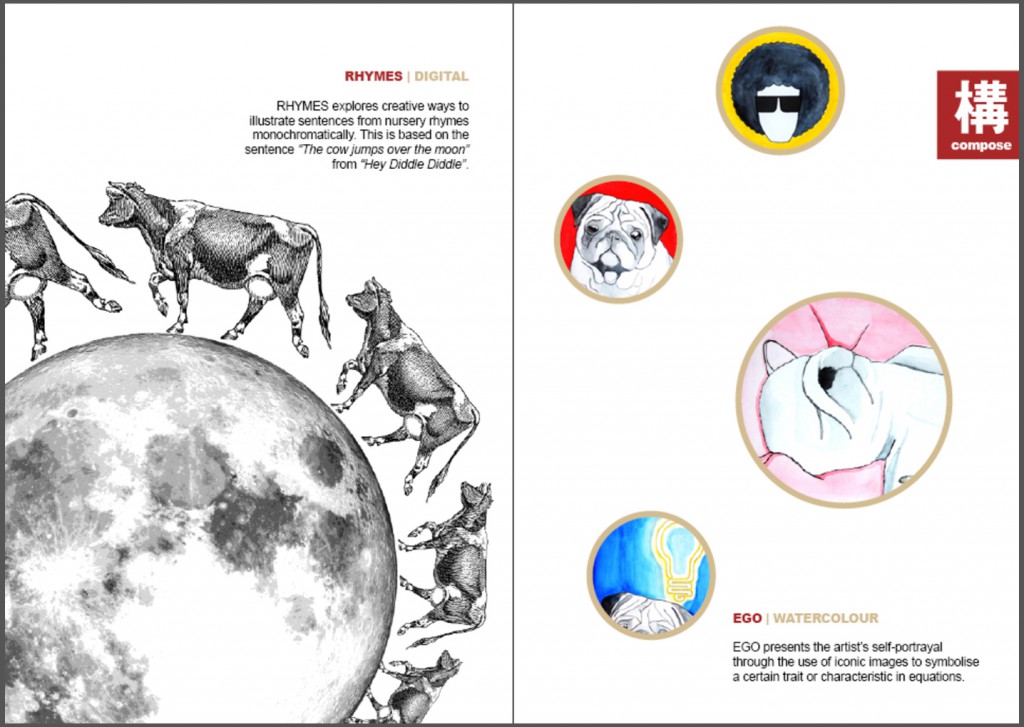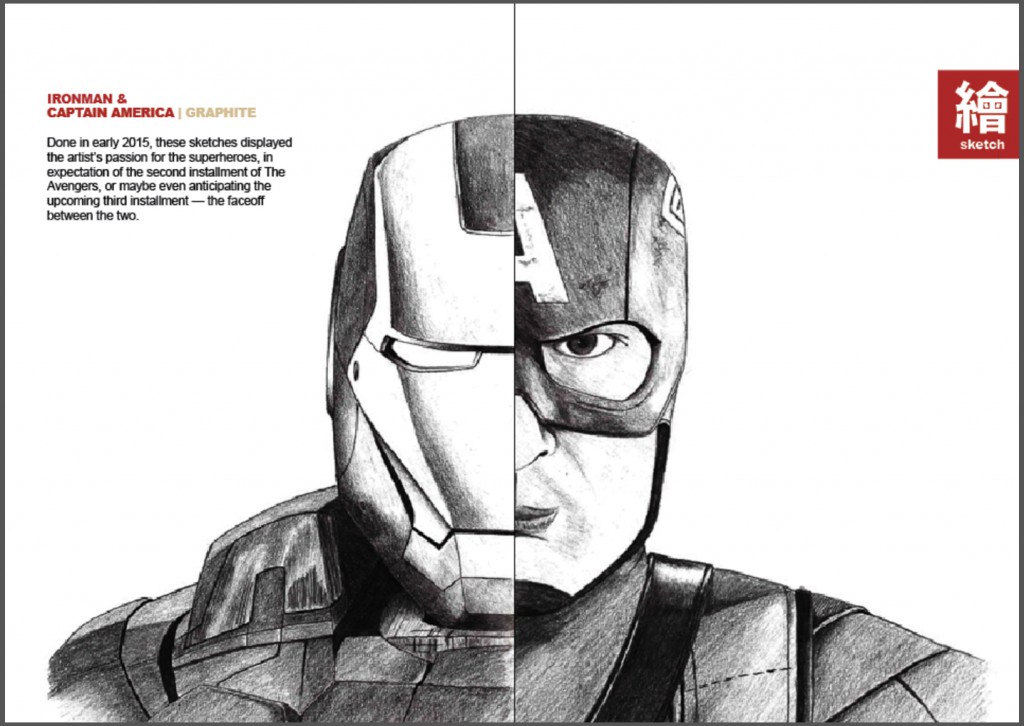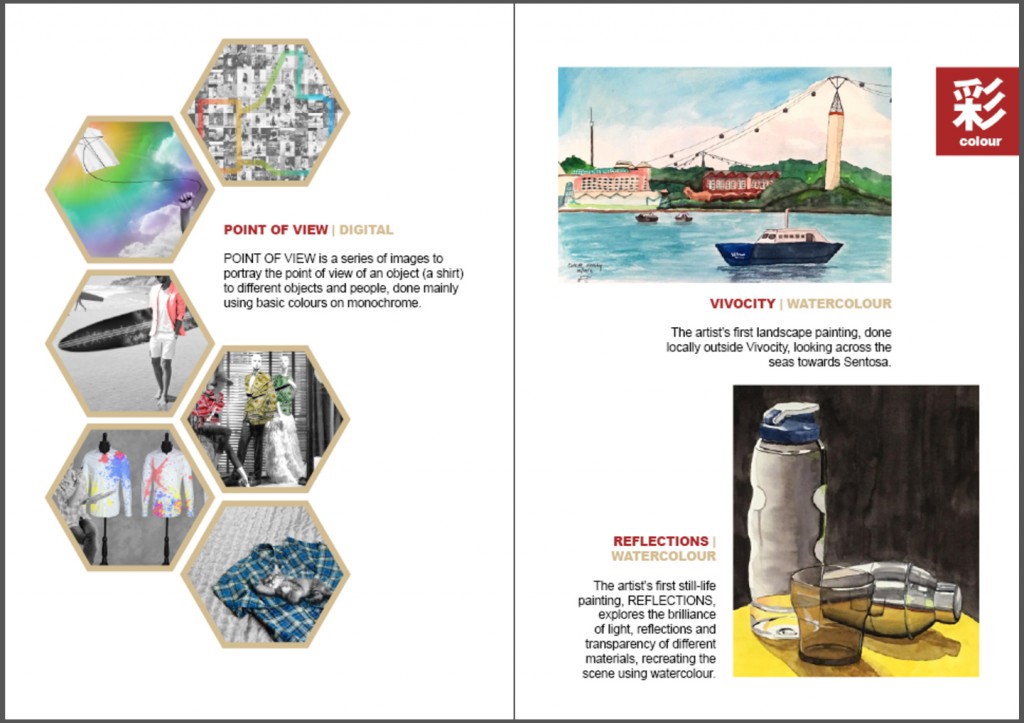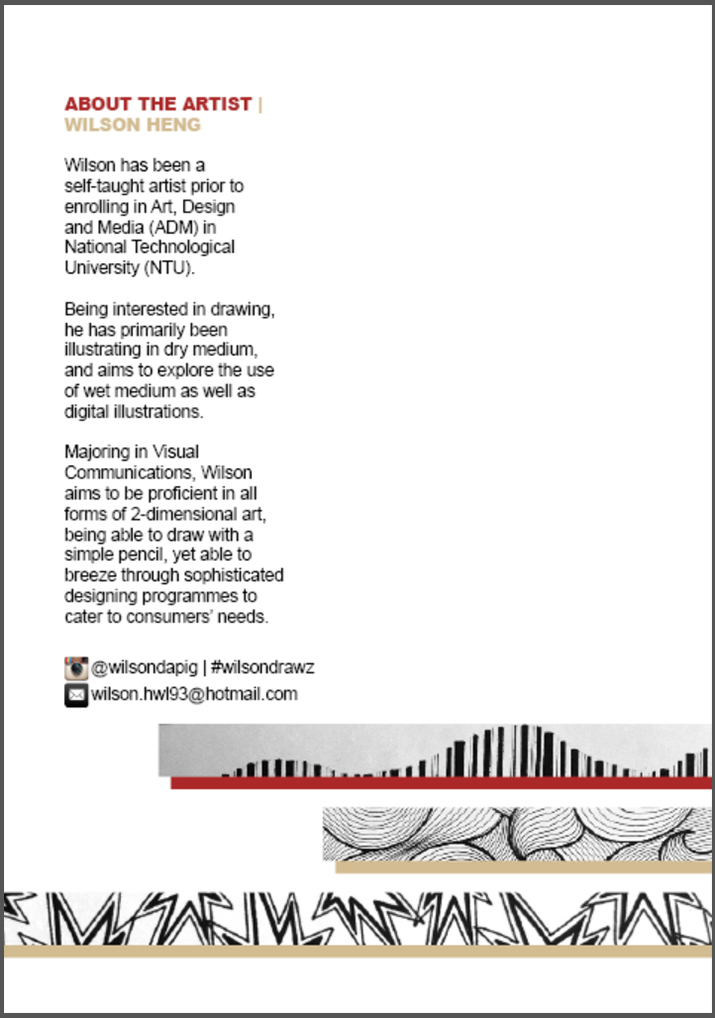Individual Artist Statement
The artists use videos and physical space to highlight the concerns on the Fukushima nuclear disaster. Employing the appropriation of footages and news reports on the nuclear meltdown, the artists manipulate the materials by clustering similar news reports in chronological order to recap on what happened in 2011. Drawing reference from “Don’t Follow The Wind (2015), the installation portrays a deserted Japanese home left the same as it was before the evacuation, bringing attention to the ongoing situation that the Japanese are facing. In addition, the space was decorated with overgrown plants, contrasting the relationship between mankind and nature over time.
Individual Reflections
Through this project, I enjoyed myself very much, pushing the limits of what I thought I couldn’t achieve. Initially, upon receiving the project brief, I was kind of lost as to what I was supposed to do and what I should do. As usual, Yi Wen, Debbie and I decided to work together, more brains and resources should be able to come up with something better. We all came up with various different ideas, ranging from various different mediums and topics. I wanted to create an immersive space as I felt that it is most representative of 4D, to sort of capture time and space. I felt that immersive space would appeal more to audiences also by providing a richer experience that could appeal to different senses. On the other hand, the issue was how to carry it out.
Through our brainstorming process, we then came across this issue of Fukushima, and that struck us to come up with our installation where we slowly added in the details that we wanted. We took pretty long to settle on one idea, which was quite worrying at the start. However, once we settled down on this, all three of us were quite focused on the topic and progress was pretty good.
Nonetheless, execution was definitely not a smooth journey. We basically had hiccups wherever there could possibly be a hiccup. For location booking, we went between Candy and Bharat several times, as both kept telling us to check with the other, until we finally confirmed that there are no lessons and we could book the critique room at B1-13. Then, ADM told us that we could not loan any projectors as they have loaned out everything. We tried calling other schools in NTU, but they did not allow loaning to students not taking their courses. We even went to the extreme of wanting to rent for the installation, before we finally contacted a senior who was fortunately able to help us loan from the non-foundation year side of the equipments department. This was a heart attack as without the projector, our project was so much less as the video would play a very important role. We also spent a lot of time on the set decoration, making our own partition so huge it required all three of us to move it at the same time, making a bed frame from scratch and the list goes on.
Nonetheless, the completion was so satisfying it felt sad for us to take it down after the critique. Not just me, but in fact all three of us. Our efforts could be seen through the small little details in the installation, and we had so much feels for it we felt so reluctant to take it all down after we ended. Personally, I felt that this was a really enriching experience. I never thought that we, or maybe just me, could achieve something like that. I never thought we could really come up with a well-done installation like how we see them when professional artists do it. Although far from being perfect, I was really amazed at what the three of us had achieved. This was definitely the fruit of our effort and this team effort truly cannot be expressed through words. I am so glad to be able to work so well with this two other girls, to come up with something that we couldn’t have achieved without the effort of every single one of us.
This project had really pushed the limits of myself, allowing me to come up with the installation that I felt was impossible from the start of the semester when we were first told about installations. Though there were some mishaps along the way, overall i enjoyed this project a lot. I have definitely benefited from this than I thought I would. If I, or we, had more time and resources, I am sure our teamwork and effort can make this installation even more perfect, working on the flaws stated during the critique session.

